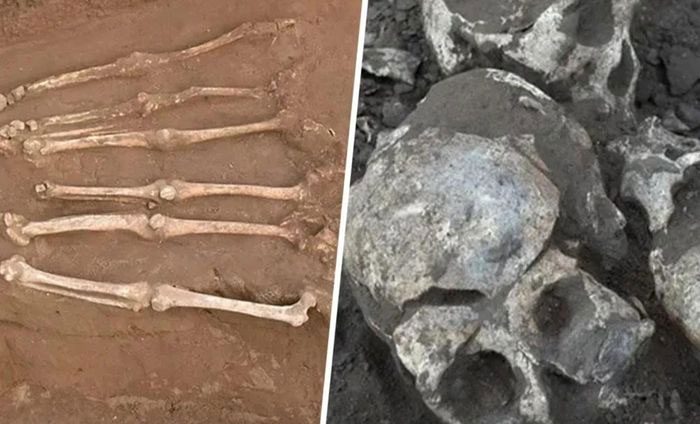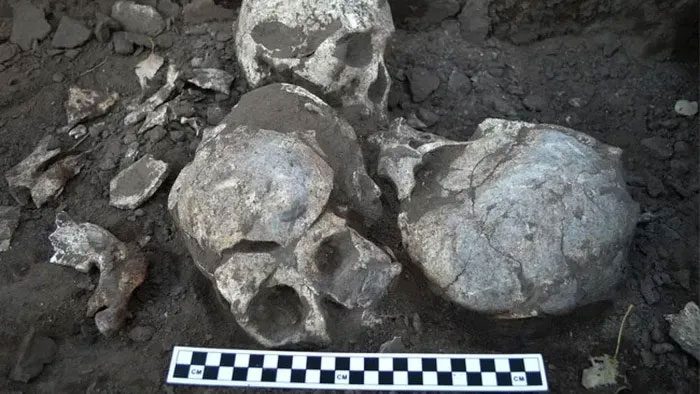A 4,100-year-old mass grave discovered in Northeast China has shed light on the largest known decapitation massacre during the Neolithic period of the country.

Ancient mass grave reveals the largest decapitation massacre in ancient China. (Photo: SCMP/Texas A&M University)
According to SCMP, a study on the skeletal remains published in September indicates that a 4,100-year-old mass grave found in Northeast China has illuminated the largest known decapitation massacre during the Neolithic period in the country.
Scientists discovered that all the victims from Honghe Village, Heilongjiang Province, were women and children. This underscores the “brutality of ancient warfare.”
Qian Wang, the study’s author and a professor at Texas A&M University in the U.S., stated, “In history and prehistory, beheading was an act of violence, often a form of conflict between individuals or groups.”
He added, “Leaders of tribes or enemy groups were hunted down to conquer or possess the spirits and energies of their foes.”
Archaeologists first discovered this site in the 1990s and have excavated it six times since then.
The excavations have revealed 43 individuals who were victims of multiple decapitations, with 32 individuals likely killed in a single massacre. This could represent the largest known decapitation massacre in Neolithic China.
Scientists believe that the victims were decapitated, as in addition to missing heads, the cervical vertebrae showed cuts consistent with having been brutally severed by sharp objects.
They theorize that the decapitation massacre was executed using handheld weapons equipped with sharp-edged stones on top.

Four skulls, which experts believe may belong to men, were buried together in a pit. (Photo: Texas A&M University).
While the exact details of the massacre remain unknown, scientists have reconstructed what they believe may have transpired based on the fact that the massacre targeted women and children.
The Honghe people were likely a fishing, hunting, and farming community. They may have also been hostile towards several neighboring tribes due to competition for resources.
It is possible that the Honghe people attacked other villages and decapitated their residents.
They might have incited deep conflicts between neighboring tribes, and one day, a raiding group decided to wait for the men to leave the village and attacked when only women and children were present. They killed most, if not all, of the victims.
Wang noted, “When the survivors gathered and the male members of the tribe returned, they moved the bodies to two houses for a simple burial and then left.”
Archaeologists also found four skulls in a separate pit without accompanying bodies. Wang explained that these could be trophies from previous battles that the attackers brought to Honghe.
There are known to be two similar mass grave sites discovered in the Baikal region of Eastern Siberia. The tribes associated with these mass graves also shared a cultural background similar to that of the Honghe people, characterized by hunting and fishing.
According to a study published by Cambridge University Press, during the Shang Dynasty (1600-1046 BC), the rate of beheadings increased, turning human heads into valuable items, fostering a belief that headless souls were less likely to seek revenge in the afterlife.
Beheading was one of the traditional forms of punishment used in China and some other countries in the past. This method was often employed as a penalty for serious crimes such as murder or treason.


















































